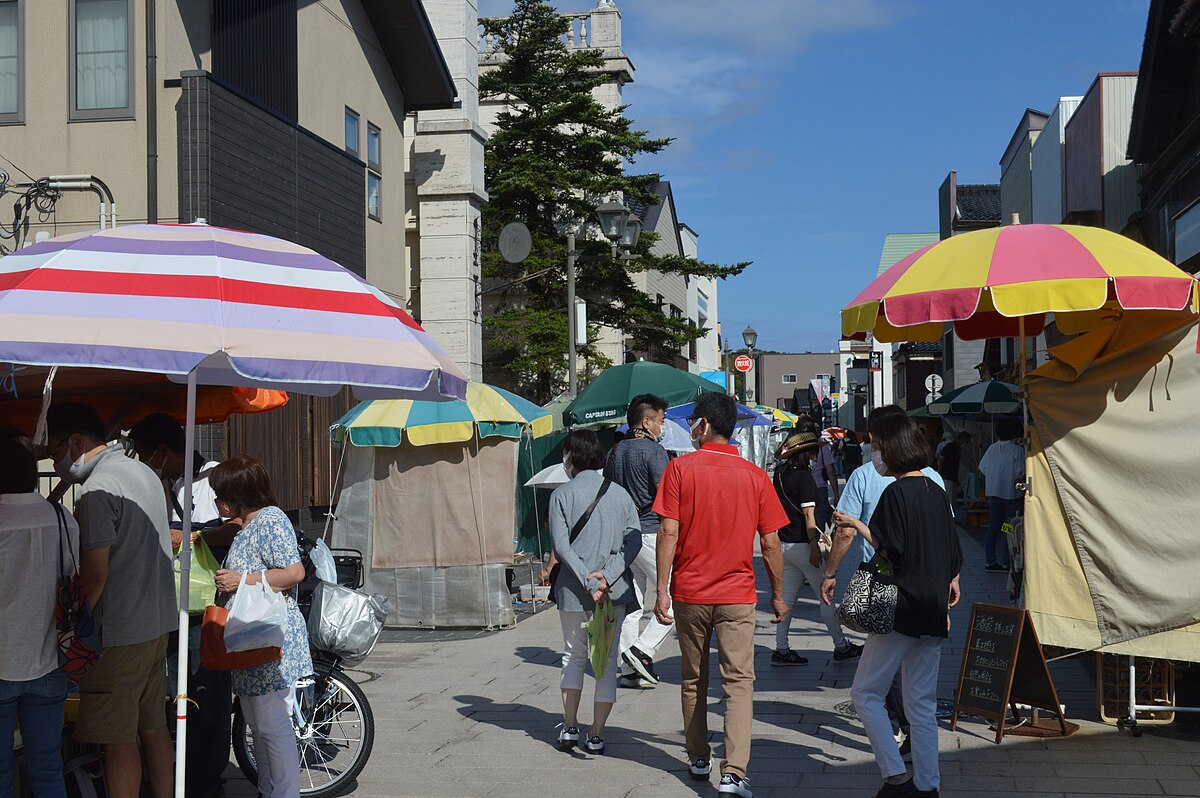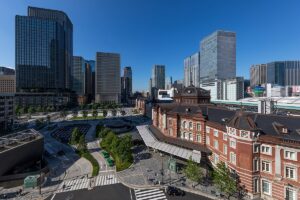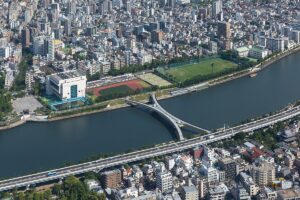Wajima Morning Market (Wajima City, Ishikawa Prefecture) — Overview (History, Features, and Attractions)
Wajima Morning Market is a traditional morning market held every morning in the center of Wajima City on Ishikawa Prefecture's Noto Peninsula. Known as an ancient market, its history is said to span hundreds, even thousands of years, and it has developed as a hub for the distribution of Noto's food culture and folk crafts. The stalls lined up from early in the morning sell fresh local seafood, dried fish, marine products (kelp, seaweed, etc.), seasonal agricultural products, lacquerware (Wajima lacquerware), handmade folk crafts, pickles, processed foods, and more, and the lively interaction between locals and tourists is what makes it so appealing.
Highlights
- Fresh local seafood: seasonal fish, dried fish, shellfish, and kelp. Enjoy the taste of Noto through sales by weight and tasting.
- Wajima lacquerware and other folk crafts: You may find some great bargains at direct sales and small workshop stalls.
- Local processed foods: There are plenty of products suitable for souvenirs, such as ishiru (Noto fish sauce), pickles, tsukudani (simmered foods in soy sauce), and dried seafood.
- Conversations with merchants and shopping experience: The pleasures of the morning market include bargaining, tasting, and listening to the stories of the makers.
- Morning market atmosphere: Shops lined up tightly in narrow streets, local dialects and smiles, and the lively atmosphere you can only find in a port town.
Access (nearest station, transportation, etc.)
- Access from major locations
- From Kanazawa Station: Approx. 2-2.5 hours by express bus (direct bus). Travel time may vary depending on the season and bus schedule.
- From Noto Airport (Noto): Approximately 50-70 minutes by car or airport limousine (varies depending on road conditions).
- public transportation
- There are only a limited number of direct train routes to Wajima, so it is common to take a bus from Kanazawa or other areas. The local area is mainly served by bus routes, so be sure to check the timetable in advance.
- car
- Head to the center of Wajima city via Noto Satoyama Kaido or National Route 249. As the roads in Wajima city can be complicated in places, we recommend using a car navigation system.
- There are paid and free parking lots around the morning market, but they tend to fill up during peak tourist season, so we recommend arriving early.
- Market location: The main venue is Asaichi-dori (Wajima Asaichi-dori), located in the center of Wajima city, near Wajima Port.
- Opening times (approximate): Early morning to noon (generally 8:00-12:00, but may vary depending on the season and store).
Estimated stay (estimated time required)
- Short tour: 30 minutes to 1 hour (enjoy the atmosphere, sample food and shop at a few stores)
- Leisurely stroll and shopping: 1.5 to 2 hours (interacting with multiple stores, visiting workshops and related facilities)
- If you include sightseeing in the surrounding area: Half a day to a full day (combining it with sightseeing in the surrounding area, such as visiting Shiroyone Senmaida rice terraces, Wajima lacquerware facilities, and Sojiji Temple Soin Temple)
Nearby spots
- Wajima Lacquerware Hall and Wajima Workshop Nagaya: Lacquerware is on display and for sale, and you can observe the production process and purchase lacquerware.
- Shiroyone Senmaida: Famous for its terraced rice fields that stretch down to the sea. The evening view and illuminations are also beautiful.
- Sojiji Soin: One of the main temples of the Soto sect, the historic temple architecture is a highlight.
- Wajima Port and fishing port area: There are seafood direct sales outlets and restaurants where you can enjoy seafood.
- Noto Satoyama Kaido Drive: A driving course where you can enjoy the coastline and satoyama scenery of the Noto Peninsula.
Things to be aware of (crowds, manners, seasonal precautions, etc.)
- Crowds: It gets especially crowded during Golden Week, summer vacation, consecutive holidays, and weekends. If you visit early in the morning, you can enjoy a more relaxed view.
- Cash is convenient: Many smaller stalls are cash-only and may not accept cards or electronic payments, so be sure to bring cash.
- Photography: It is good etiquette to ask permission before taking photos of the store or its products. Please also be considerate when taking photos of workers at work or visitors.
- Shopping etiquette: Handle products with care. Follow store instructions when tasting, and enjoy conversation with the store owner. Be respectful when negotiating prices.
- Weather and clothing: Noto experiences strong sea breezes and seasonal winds, so it's best to bring clothing that protects you from the cold and wind. Be careful of snow accumulation and frozen roads in winter.
- Carrying home and packaging: Seafood and lacquerware are fragile, so please ask for packaging or bring an insulated bag with you.
- Varying opening hours: Stores vary and may close earlier depending on the season or weather. We recommend checking the latest opening hours before your visit.
(Tip) You can experience the true charm of the morning market by visiting early in the morning, enjoying conversations with locals, sampling food, and taking your time to look for folk crafts such as Wajima lacquerware.




